
Advertisement feature from Verizon Connect
Fleet Industry forum: The best way to introduce and use telematics data
Verizon Connect ensures that the volume of data is a help, not a hindrance
Fleet Panel:
Chris Connors, Countryside Properties (UK)
David Oliver, Red Bull
Rory Morgan, Iron Mountain
Ryan Coles, Aviva

The introduction of GDPR has made the use of data and telematics ever more complex. Finding a supplier that can strike the right balance between supplying sufficient data while not swamping the fleet manager with unnecessary detail is becoming something of an art. What should a manager look for from a supplier? Our fleet panel put a series of questions to Derek Bryan, VP of EMEA, Verizon Connect in a bid to find out.
About Verizon Connect
Verizon Connect is guiding a connected world on the go by automating, optimising and revolutionising the way people, vehicles and things move. We ensure that the things our customers care about most – from people and vehicles to equipment and data – run smoothly and flow seamlessly. Our suite of industry-defining solutions and services put innovation, automation and connected data to work for customers and help them be safer, smarter, more efficient and more compliant. With more than 3,500 dedicated employees in 15 countries, we deliver the world’s leading mobile technology platform.
We are all busy people so, with so much data available, how can we ensure the key information is provided in an effective and efficient format?
It’s true that managers adopting fleet management technologies can find themselves with so many new insights that knowing where to start can sometimes be confusing. The key to these systems is that they present the information in a digestible format, that enables managers to get a quick snapshot and explore things in more detail, as they see fit.
Having one centralised platform is crucial because it enables managers to make sense of key performance indicators, such as distance travelled, jobs attended, vehicle speed, braking, acceleration and safety logs in one dashboard.
Fleet managers can access this information when they need and drivers don’t have to worry about reporting their status or compliance back to their bosses.
It also makes it easier for managers to reward employees for their good work, helping improve their engagement with the organisation.
If one of the benefits of telematics is to improve driver behaviour and safety. How is this measured?
It’s no understatement that telematics has transformed the concept of fleet safety. By providing direct feedback on any unsafe behaviours of individual drivers, such as harsh braking, rapid acceleration and rough cornering, fleet managers can provide specific coaching to drivers and identify areas for improvement. This data is crucial for measuring safety and understanding the behaviours that put the fleet at risk.
A centralised fleet management platform can be set up to automate the process of flagging dangerous behaviour. Verizon Connect’s Reveal platform helps narrow this window even further by being able to notify fleet managers via SMS or via push notifications on its dedicated mobile application so issues can be addressed almost instantaneously.
I’m concerned about being overwhelmed by the data that telematics will generate for my fleet, how can you ensure it will be managed and meaningful so I can easily use it?
While more sources of data may seem like more work for fleet managers, in reality the opposite true. Intelligent tools remove the friction of paperwork, not only freeing up fleet managers’ precious time, but also helping to provide peace of mind when maintaining compliance. Fleet managers using new technologies to gain more insight into the way vehicles are being driven must also ensure there is a comprehensive software platform beneath to join-up the benefits of individual pieces of in-vehicle tech. Doing so will empower them to reap the benefits of a fully-integrated system greater than the sum of its parts.
What are the initial priorities when engaging drivers upon the introduction of the programme, and particularly in the early weeks to maintain energy, application and above all, belief.
One of the best ways to engage drivers during the initial stages of the deployment of digital technologies is to use the data they provide to introduce gamified components into their normal working day. Gamification encourages participation and friendly competition by introducing a ‘scoring’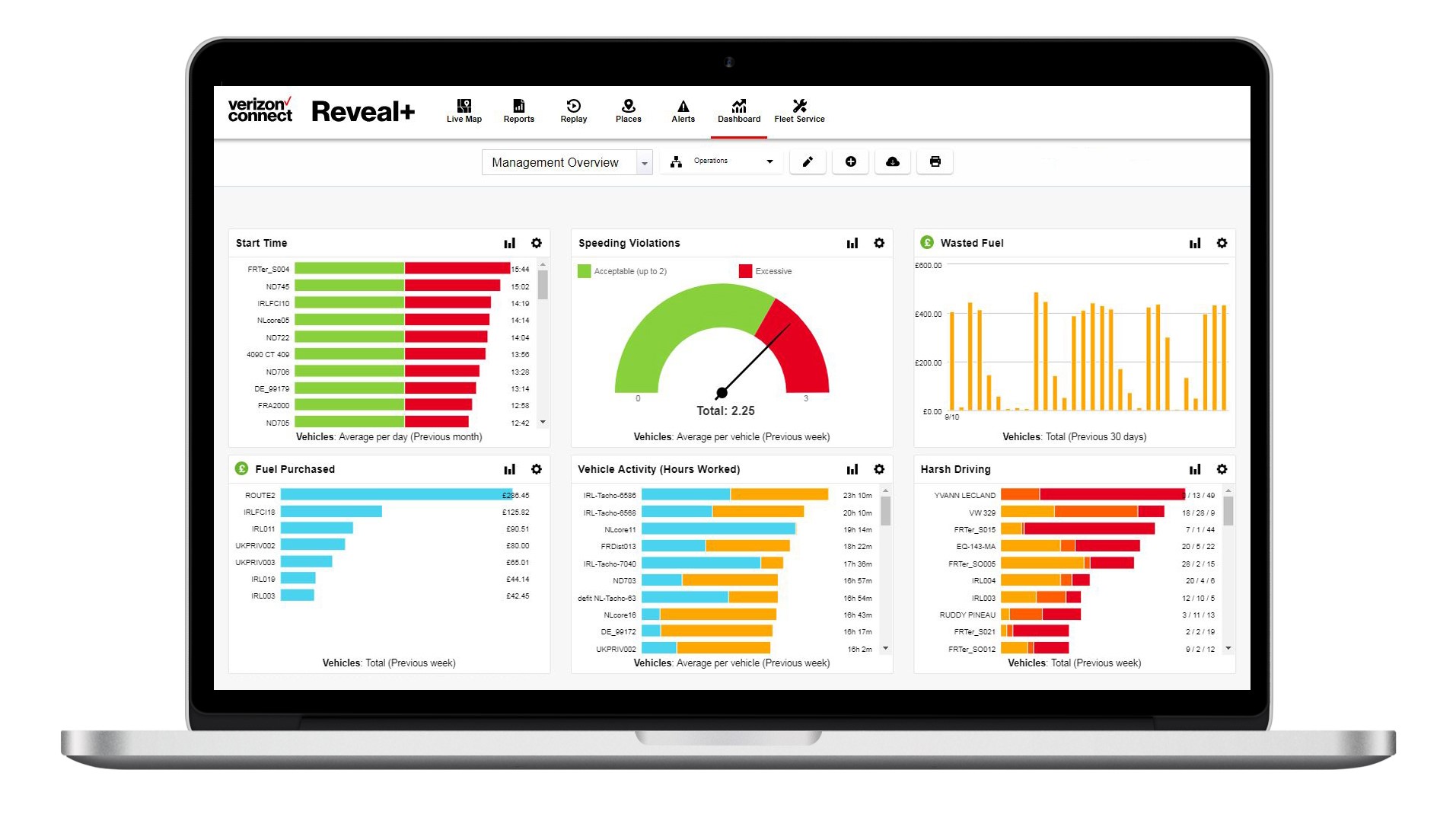 system for performance metrics such as driving at safe speeds and avoiding harsh braking or cornering, and grading employees’ scores against each other (in the form of leader boards) and against company objectives.
system for performance metrics such as driving at safe speeds and avoiding harsh braking or cornering, and grading employees’ scores against each other (in the form of leader boards) and against company objectives.
Drivers can then be incentivised based on key performance metrics. Incentives could be financial, or it could be something simpler, such as a free lunch, extended breaks or the ability to finish work earlier on certain days. This can bring in a sense of friendly competition among teams and helps them feel more engaged with the business’ core objectives – while simultaneously incentivising safer driver behaviour.
In a world where employee wellbeing and being an employer of choice are key differentiators, a fleet and travel policy pays its part. Telematics can be seen as giving and then taking back in this respect. What do I as an individual get out of it and the reporting you and I receive? What’s in it for me? Why should I advocate and not be a blocker?
It shouldn’t be forgotten that new technologies also help your employees work to the best of their abilities and eliminate any time-consuming or repetitive tasks.
In fleet management, both drivers and fleet managers can easily see the benefits that telematics can bring for both of these factors.
With in-cab devices able to speak to a centralised system in near real-time, the need for drivers to spend time filling out reports can be vastly reduced, if not eliminated entirely.
Telematics can also be used to reinforce the idea that the interests and well-being of drivers are being looked after by the companies who employ them.
According to research conducted by Verizon Connect, a quarter of fleet managers admitted that their drivers on average take breaks after five hours or more, breaching the driver guidelines.
With an in-cab system in place that monitors data relating to rest periods, drivers can be gently reminded to take their required breaks – key to protecting their safety and well-being.
The same Verizon Connect study found that 23% of fleet managers reporting unsafe driving practices was keeping them up at night. So, these benefits apply equally to fleet managers as they do to drivers.
For more infomation visit verizonconnect.com/uk or call 0800 975 4566












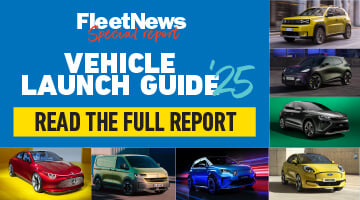
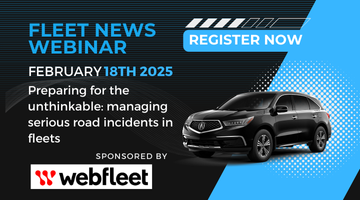
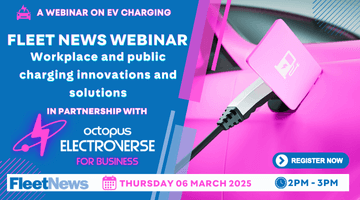
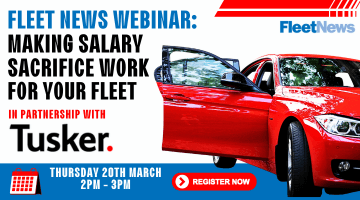

Login to comment
Comments
No comments have been made yet.